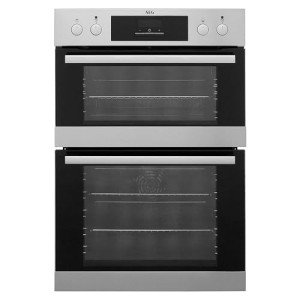Understanding the Built-In Range: A Deep Dive Into One of the Most Versatile Programming Features
The built-in function range() is among the most typically used features in programming, especially in Python. Its simplicity and adaptability make it an important tool for developers, engineers, and information scientists alike. In this article, we will explore the basic elements of the built-in range function, its syntax, usage cases, and some useful examples to help you utilize its power in your coding ventures.
What is the Built-In Range?
In Python, the range() function produces a series of numbers. It is typically used for model, particularly within loops, allowing programmers to carry out a block of code a particular variety of times without by hand defining each version.
Syntax of the Range Function
The range() function can take one, two, or 3 arguments, and its basic syntax is as follows:
range( start, stop, action).
start: The starting point of the series (inclusive). If left out, it defaults to 0.
stop: The endpoint of the sequence (special). This argument is required.
action: The difference between each number in the sequence. If left out, it defaults to 1.
Examples of Using Range.
Standard Usage: Using range() in an easy for loop to print numbers from 0 to 4:.
for i in range( 5 ):.
print( i).
Output:.
0
1.
2.
3.
4.
Defining a Start and Stop: You can define both a beginning point and an endpoint:.
for i in range( 2, 6):.
print( i).
Output:.
2.
3.
4.
5.
Using a Step Value: The step specification enables you to manage the increments:.
for i in range( 0, 10, 2):.
print( i).
intergrated electric oven Ovens & Hobs :.
0
2.
4.
6.
8.
Counting Backwards: The step can also be negative, enabling counting down:.
for i in range( 5, 0, -1):.
print( i).
Output:.
5.
4.
3.
2.
1.
Practical Applications.
Repeating Over Lists: While utilizing range() prevails in for loops, it can also work for repeating over the indices of a list.
fruits = [' apple', 'banana', 'cherry'] for i in range( len( fruits)):.
print( f" i: fruits [i] ").
Output:.
0: apple.
1: banana.
2: cherry.
Producing Number Sequences: The function comes in handy for generating sequences of numbers, which you may require for algorithms or information control.
number_list = list( range( 10, 21)).
print( number_list).
Output:.
[10, 11, 12, 13, 14, 15, 16, 17, 18, 19, 20] List Comprehensions: range() works wonderfully with list comprehensions for more condensed expressions.
squares = [x ** 2 for x in range( 5)] print( squares).
Output:.
[0, 1, 4, 9, 16] Conclusion.
The built-in range function is a fundamental feature in Python that supplies a basic way to produce sequences of numbers, which can be utilized for a variety of shows tasks. Whether you are dealing with loops, producing lists, or carrying out algorithms, comprehending how to utilize range() is essential for reliable Python coding. As you continue to explore the language, you'll certainly discover new ways to utilize this effective tool, making your shows tasks more efficient and streamlined.

